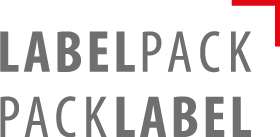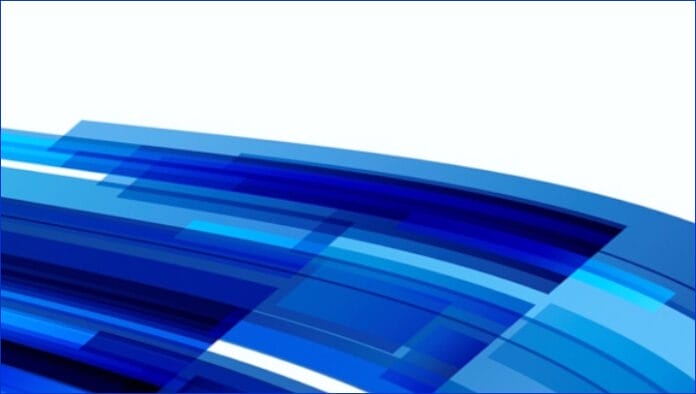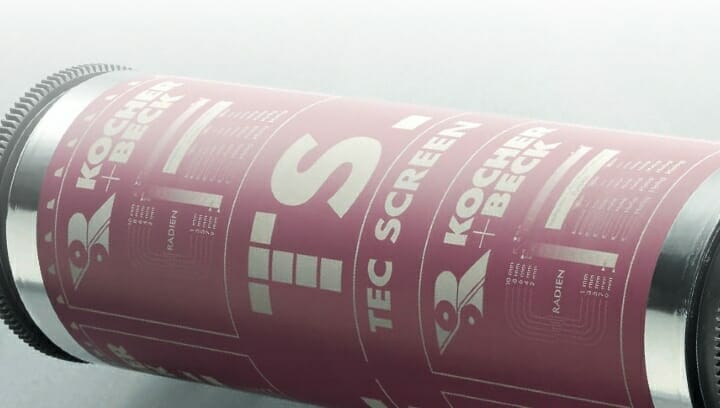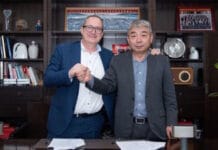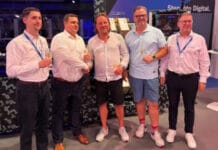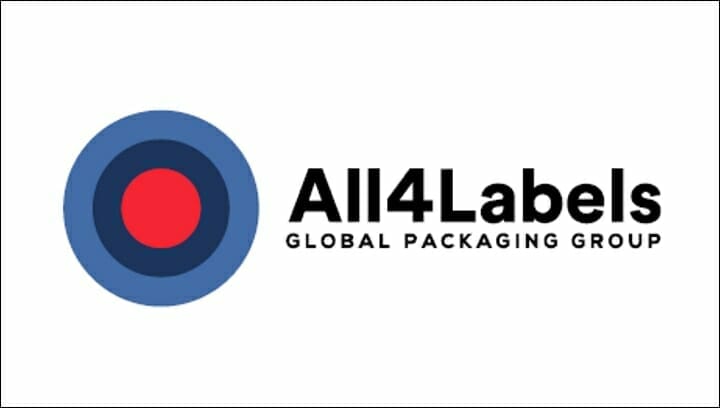Dieter Finna · www.pack-consult.org · (For a German version click here).
Whether on a Gallus press or another brand, the new Screeny printing unit enables rotary screen printing to be used across all narrow-web machines, regardless of the manufacturer, and delivers more than just modern printing technology. It unlocks new creative possibilities – because screen-printed labels and packaging truly stand out at the point of sale with their striking visual, tactile, and sensory effects.
Brilliant colors, high opacity, tactile varnish textures, or metallic effects – screen printing »speaks« directly to the senses, creating striking visual, tactile, and even olfactory experiences. No other printing process offers such a wide range of effects that not only capture attention but also significantly enhance brand perception. This creative potential is a key driver behind the continued growth of screen printing, even in emerging areas of application.
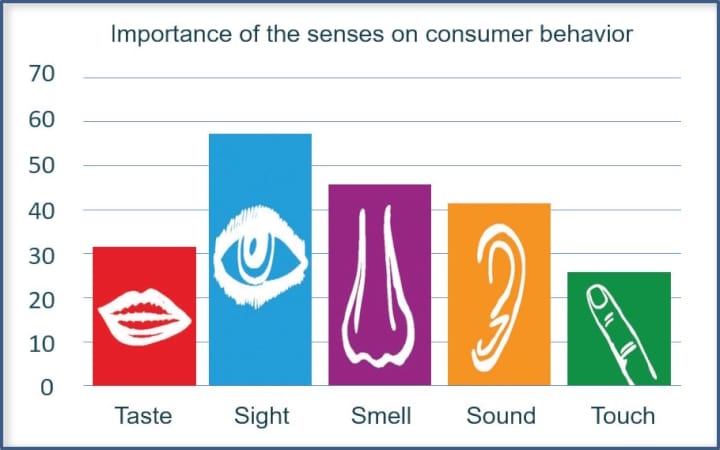
For converters looking to offer their customers high-end effects by retrofitting an existing narrow-web press with a screen printing unit, implementation has so far been anything but straightforward. The market offers only a limited number of standardized solutions, while users are increasingly seeking alternatives that meet today’s state-of-the-art standards.
Gallus Screeny Print Unit
This is exactly where the new Gallus Screeny Print Unit comes in. It was specifically developed for retrofitting and integration into existing narrow-web production lines – regardless of press type or manufacturer. The new unit features an attractive design and a carefully curated range of equipment options. The compact unit can be integrated on a rail system above the printing units – with no major modifications or extended downtimes. Alternatively, installation on a separate frame between printing units is also possible.
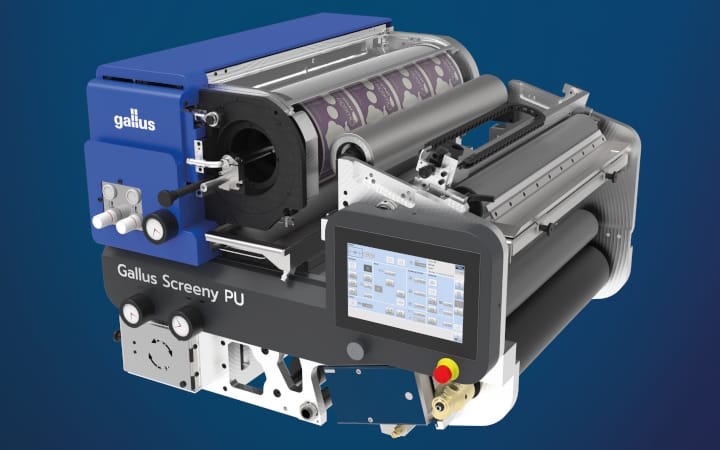
As a standalone unit, it requires only a power and compressed air supply. No speed signal is necessary. It begins printing as soon as the web runs through. Alternatively, it is equipped with the necessary connections to be linked to a machine’s start-stop signal.
The unit supports screen formats from 85T up to a maximum of 208T. It is available for print widths of 340 mm (13″), 440 mm (17″), and 580 mm (23″), as well as a web width up to 600 mm (23.6″). The screen is driven on the drive and operator sides, features screen break monitoring, and a large ink collection tray.

From a Blank Sheet to a High-Performance Screen Printing Unit
Oliver Vetter: »Around two and a half years ago, we embarked on an exciting journey. The goal was clear – we wanted to develop our own autonomous screen printing unit. Not just any unit, but one that truly meets the current demands of the market. And, as is often the case with new ideas, it all started with a lot of questions.
What does a unit like this really need? What functions are essential? What would be nice to have? And what features would simply be cool – the famous ›nice to have‹? From all these considerations, we gradually developed a comprehensive set of specifications. Every function, every feature, every possible use case was carefully thought through, discussed, and documented.
The path to get there was anything but linear – there was experimenting, discarding, improving, and rethinking. And it was precisely this process that moved us forward. Because what ultimately emerged from all these ideas and requirements is not just another autonomous printing unit. It’s our Screeny screen printing unit – a thoughtfully designed, modern, and flexible solution built for efficiency, precision, and long-term viability. It combines the highest standards of integration capability, technology, user convenience, and durability.«
Operation via 10″ color touch panel
The unit is operated via a 10″ color touch panel, which shows the operator all main functions on one level. This color display allows the operator to monitor and control all operating functions at a glance.
For ease of use, the touchscreen includes a tooltip that indicates the function of the currently selected button. This saves the operator from having to search through the user manual during training or when questions arise.
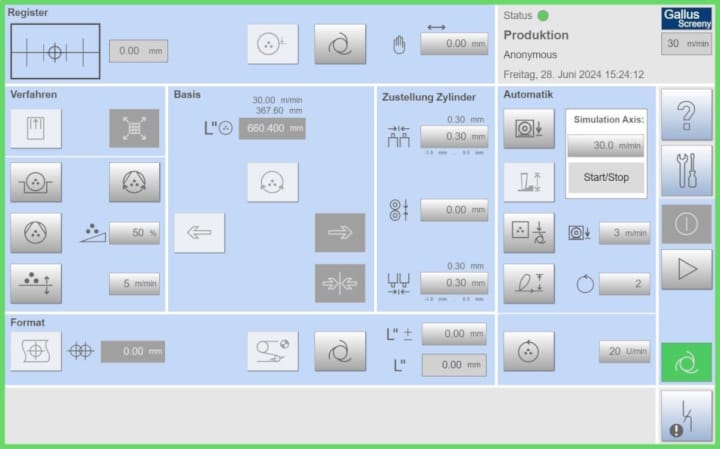
The colored frame around the touch panel serves more than just a design purpose. It shows the operating status in a simple way, no matter where he is at the machine. An orange frame means the unit is ready for operation. When the machine system starts and the printing unit is running, the frame turns green. A red frame indicates a fault and the operator must intervene.
Automated Format and Gap Adjustment
Far from being just a »nice to have«, the automatic format and gap adjustment between the screen cylinder and the impression cylinder is a highly practical innovation. This adjustment is performed by two servo motors that automatically set the gap to 0.2 mm, replacing what was previously a manual process. The adjustment works for all printing cylinder diameters and is controlled by a specially developed software solution.
Screeny Print Unit is the only screen printing unit on the market to offer this feature – effectively eliminating operating errors caused by incorrect settings.
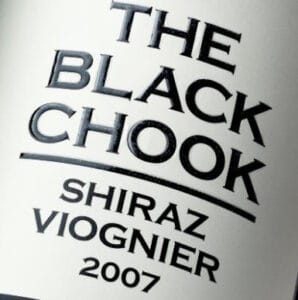
Diagonal Register Adjustment
In addition to the standard longitudinal and lateral adjustments, the screen printing unit also features a diagonal register adjustment. This proves to be a particularly useful function on systems where printing units can be flexibly positioned on a rail system. Minor deviations in parallel alignment caused by the web path can be compensated for via the diagonal adjustment – up to 0.5 mm.
Doctor Blade System Compatible with All Common Types
The doctor blade system is compatible with blades from all major manufacturers, regardless of their construction. Whether it’s a classic rubber blade, a carbon-reinforced variant, or a strip steel blade with bonded rubber – any type can be used. The pneumatically adjustable blade height of ±5 mm makes operating the unit especially easy.
Standard RCS Screen Rings
The compact design of the standard RCS screen rings used is noteworthy. They have no gears and, thanks to their compact size, allow for space-saving integration of the screen printing unit directly onto the rear wall of a machine system. This means that the web path is not affected.
Features
-
-
- Fully independent screen printing unit
- Format size 85T – 208T
- Available in print width 340 mm, 440 mm and 580 mm (13”, 17” & 23″)
- Web width 360 mm, 460 mm and 600 mm (14″,18″ & 23.6″)
- Speed and print register control
- Mechanical speed 1–120 m/min (3-393 fpm)
- Print substrate gauge 40–400 µm (160–1600 gauge)
- Cross register +/–5 mm (0.2″)
- Diagonal register adjustment +/– 0.5 mm
- Squeegee positioning +/–5 mm (0.2″)
- Eye mark reader
- Dual driven screen
- Screen break sensor
- Ink collection tray
- Separate ink collection tray and holder for screen printing squeegee
- Screen rings without gears – RCS standard rings
- Automated screen gap setting (0.20 mm)
- Format size in tooth, inch or mm, no limitation
- 10” color touch panel, all functions on first level
- Flexible squeegee system, Gallus, RKS or SPG
-
Smart Mechanics Prevent Damage
In a screen printing unit, errors when gluing the welded screen tube to the screen rings quickly lead to the destruction of the screen. The Screeny printing unit has a sophisticated solution to this problem:
When the screen is inserted, the two drive sides of the unit are mechanically decoupled for a short time. The screen rings, which are equipped with a precisely fitting lug on both sides, slide automatically into the designated locating pins of the drive coupling when closing. Even if the lugs are not exactly aligned during insertion, they are reliably locked in place – the clutch closes automatically for operation and the mechanical connection is precisely re-established.
Configuration Options for Individual Requirements
Among the practical options available for the screen printing unit is a GEW UV curing system with an integrated chill roller. The unit is prepared for both conventional UV and LED-V systems and features an efficient water-cooling system. For coating applications, an additional one-meter extension path can be integrated. Furthermore, the unit can be equipped with an integrated ink pump, which when combined with an automatic ink level control system ensures consistently high print quality and convenient operation.
Conclusion
With flexible integration capabilities, robust technology, and proven print quality, the Gallus Screeny Print Unit positions itself as a forward-looking solution for rotary screen printing. It is suitable for cross-brand integration in diverse press environments, for retrofitted finishing steps, or as an efficient inline module.
Another strong advantage of the Gallus Screeny printing unit is its full compatibility with the established RCS technology and existing Screeny peripheral equipment. Converters already working with Gallus systems can continue using their existing stencil rings, cutting tables, welding devices, and mounting tools without any limitations—saving time, reducing costs, and preventing unnecessary system disruptions.
